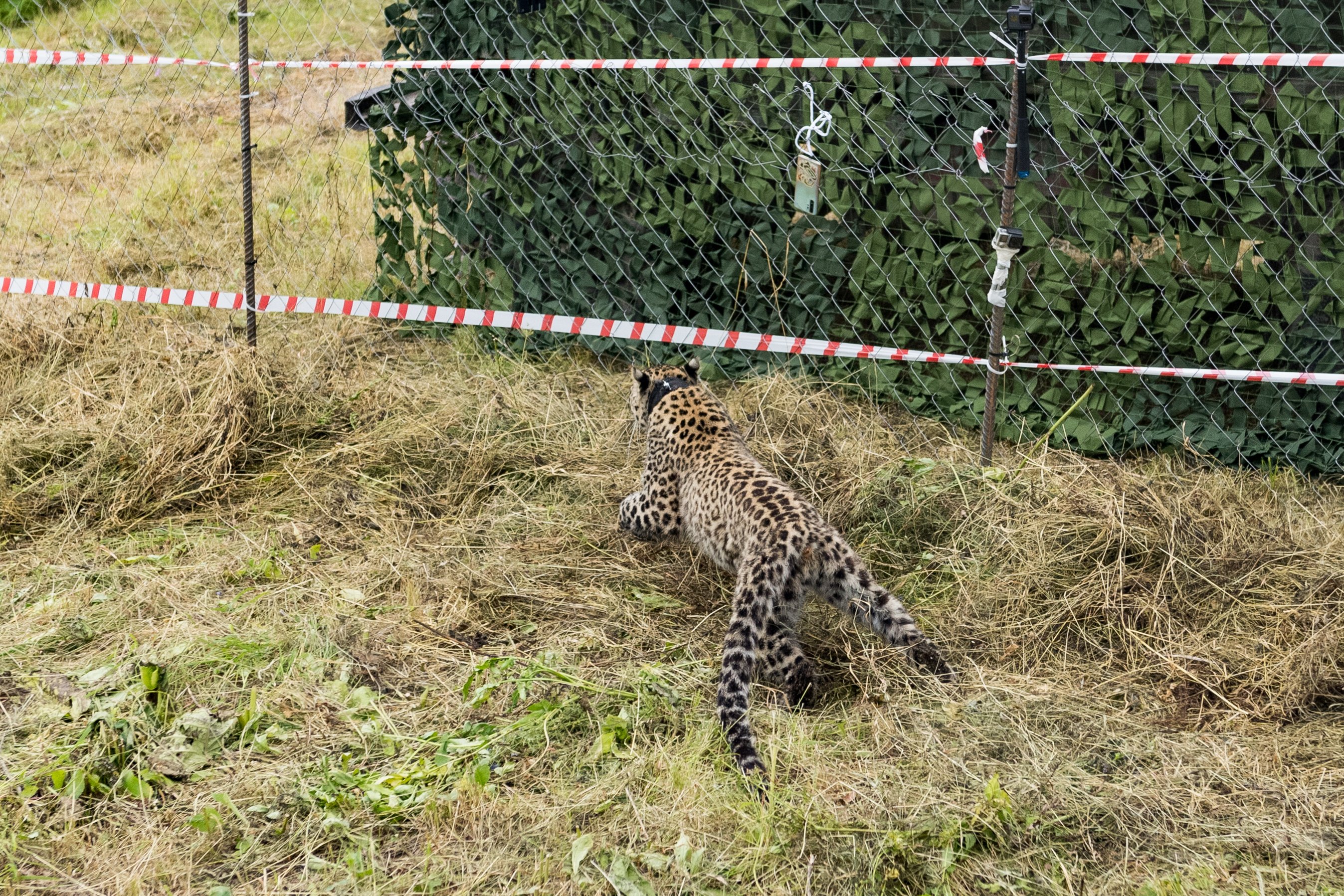
On Saturday, July 16, three Caucasian leopards were released into the wild in the Central Caucasus. A male and two females begin to develop the Turmonsky reserve in the Republic of North Ossetia-Alania.
In the Republic of North Ossetia-Alania, the third release of leopards, commonly referred to as Caucasian panthers, has been implemented. In 2018, the first pair of leopards, a male Elbrus and a female Volna, were released into the wild in the Alania National Park, and in 2020, a second pair was released in the Turmon Reserve - a male Baksan (Batraz) and a female Aguru (Agunda). On July 16, 2022, a male Leo and two females, Khosta and Laura, were released in the same location.
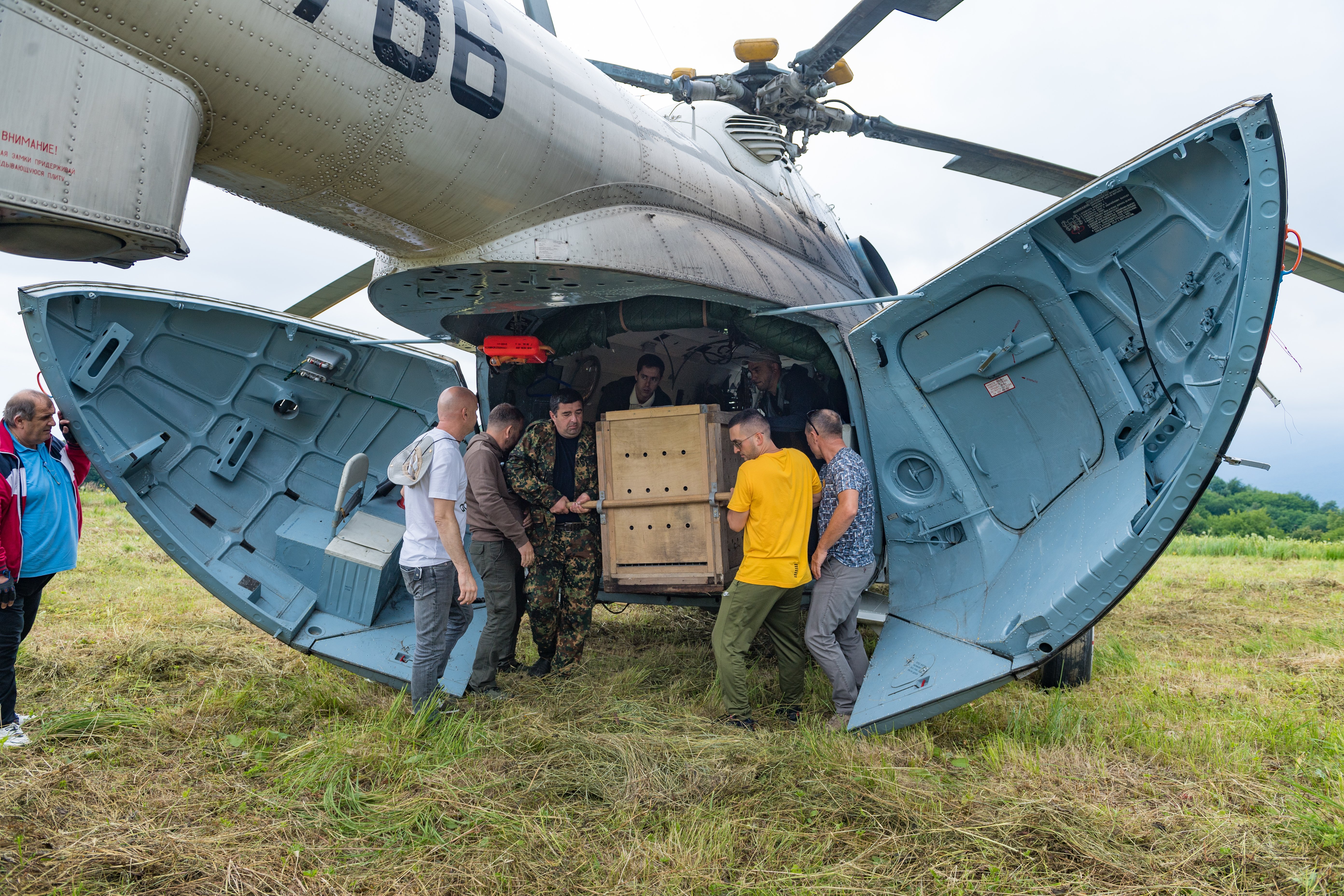
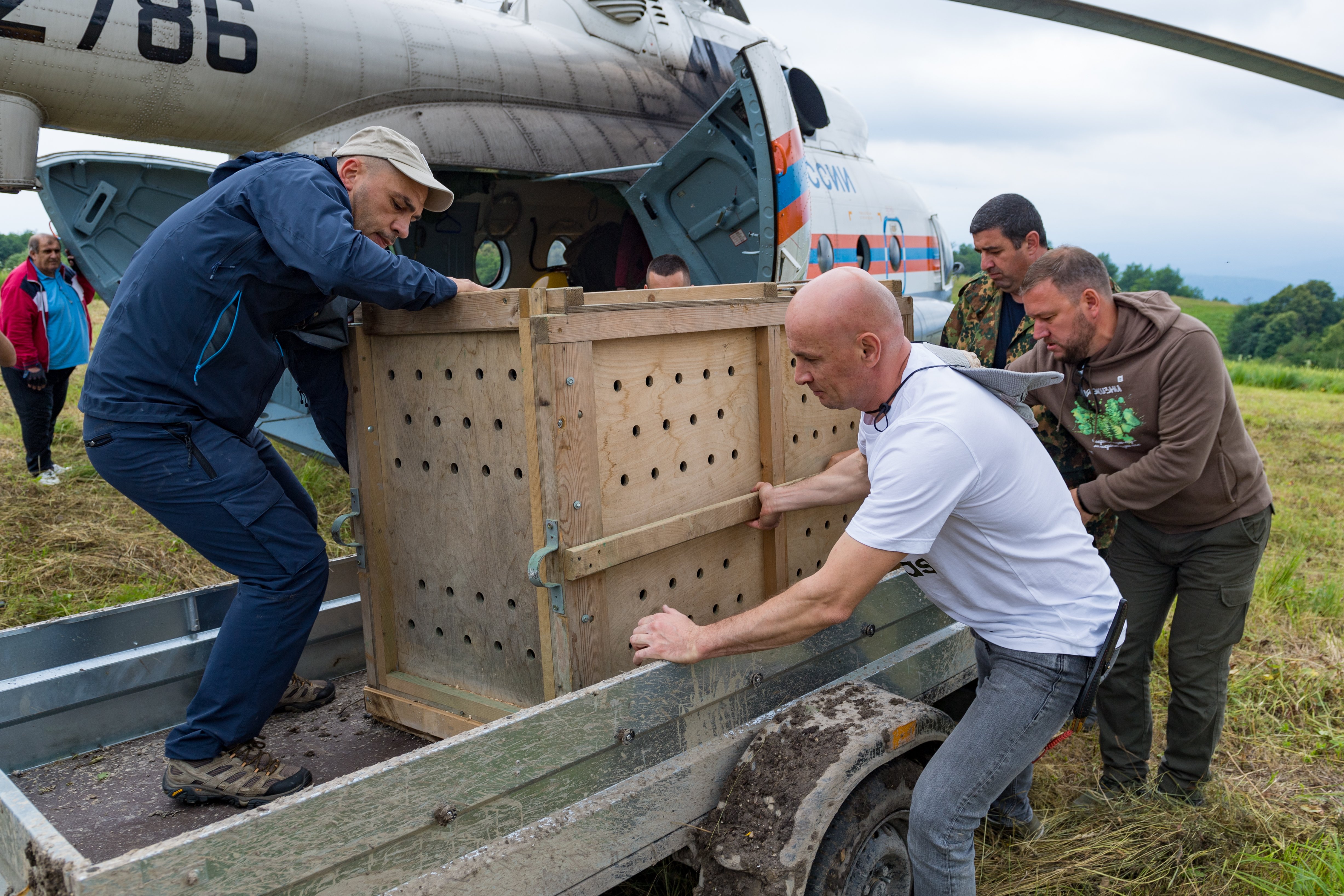
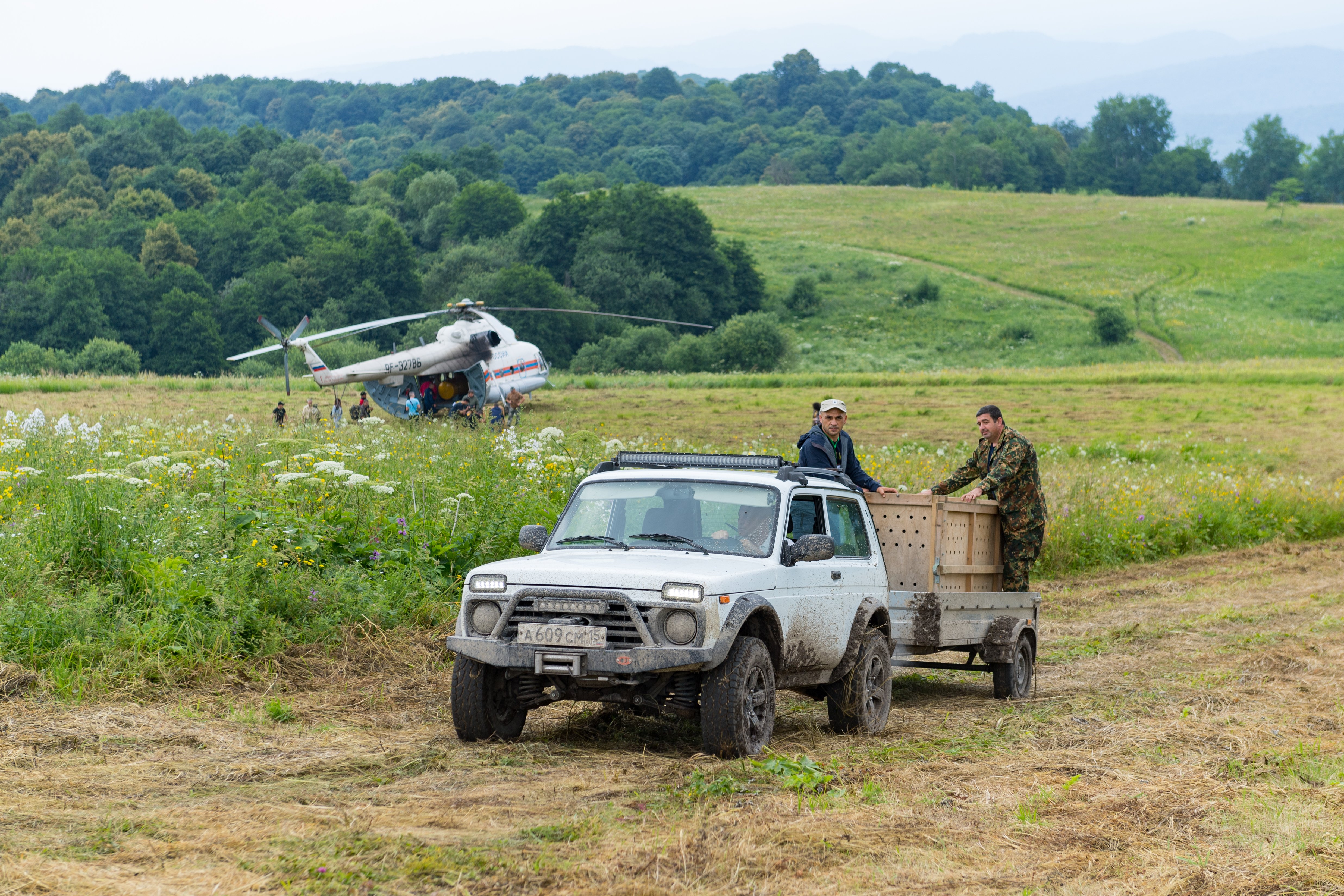
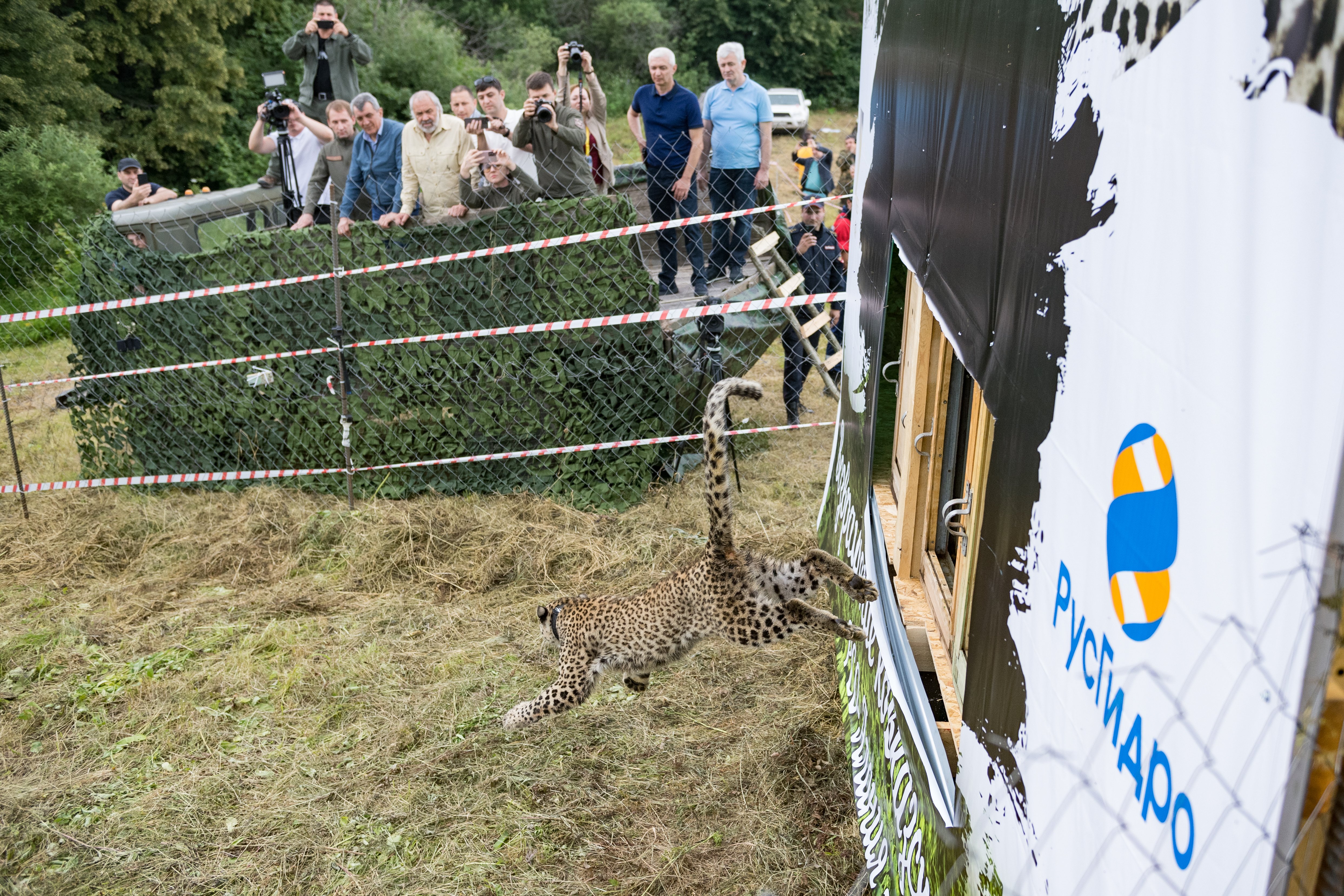
“To implement the idea of restoring leopards in the Central Caucasus, today’s release of three leopards can become a key to replenishing the group of animals that began to form here as a result of previous releases and the appearance of wild individuals that enter the Central Caucasus along the ancient ecological corridor through the territory of Georgia - the Likh Range. Let me remind you that our work on the restoration of the group of Amur tigers, which we released in the north-west of the range in Russia in 2013 and 2014, where they have not been seen since the middle of the 20th century, today amounts to at least 25 individuals, was formed thanks to the successful breeding of six released animals. In the Central Caucasus, the necessary minimum number of leopards has now been released, pertinent for the self-organization of the natural processes of restoration of this species,” says Vyacheslav Rozhnov, Academician of the Russian Academy of Sciences, project leader.
Khosta and Laura are sisters of Volna and Agunda, they are genetically different from males and can form a pair with Baksan, with Leo, as well as with those wild males that were noted in the territory of Chechnya and Kabardino-Balkaria in 2021 and 2022.
In April, all three leopards successfully passed the examination at the Leopard Breeding and Training Center in the Sochi National Park. An expert commission led by Anna Yachmennikova, a specialist at IEE RAS, checked how well the predators were prepared for independent life in the wild, their ability to hunt, and also made sure that their fear of humans is stronger than the chance of them taking an interest in livestock.
After complex testing, the leopards were tagged with special transmitters on collars made at the IEE RAS. These transmitters are necessary for further monitoring of leopards, regular checking of information about the success of their hunts, and other aspects of animal adaptation to life in nature. The leopards were delivered to the place of release promptly, in two hours, thanks to the capabilities of helicopter transport. Now the Red Book predators will have to develop a new territory for themselves and form habitats. Releases of predators are carried out within the framework of the federal program for the restoration of leopards in the Caucasus, developed jointly by the IEE RAS and the World Fund for Nature, approved by the Russian government in 2007.
The regional project on the territory of North Ossetia-Alania (“Return of the Caucasian leopard to Ossetia”) was initiated in 2016 by the IEE RAS with the support of the RusHydro business company. “This multifaceted project is organized according to the project scheme implemented by IUCN (IUCN) and at the moment, judging by the results of the work, its effectiveness is obvious. The structure of this project provides for the organic interaction of all components that most effectively contribute to the harmonious existence of released predators and the population, which reduces the risks for both people and leopards. The project keeps in a single field of interaction professional scientists (classical academic science and structurally the results of a large number of studies), sociologists and well- organized systematic work on environmental education of the population of different target groups on the territory of the republic, funding organizations (such as business companies and foundations, such as RusHydro and the World Fund for Nature), as well as the administrative capacities involved,” says the scientific coordinator of the program implementation in Ossetia, Anna Yachmennikova, Senior Researcher of IEE RAS.
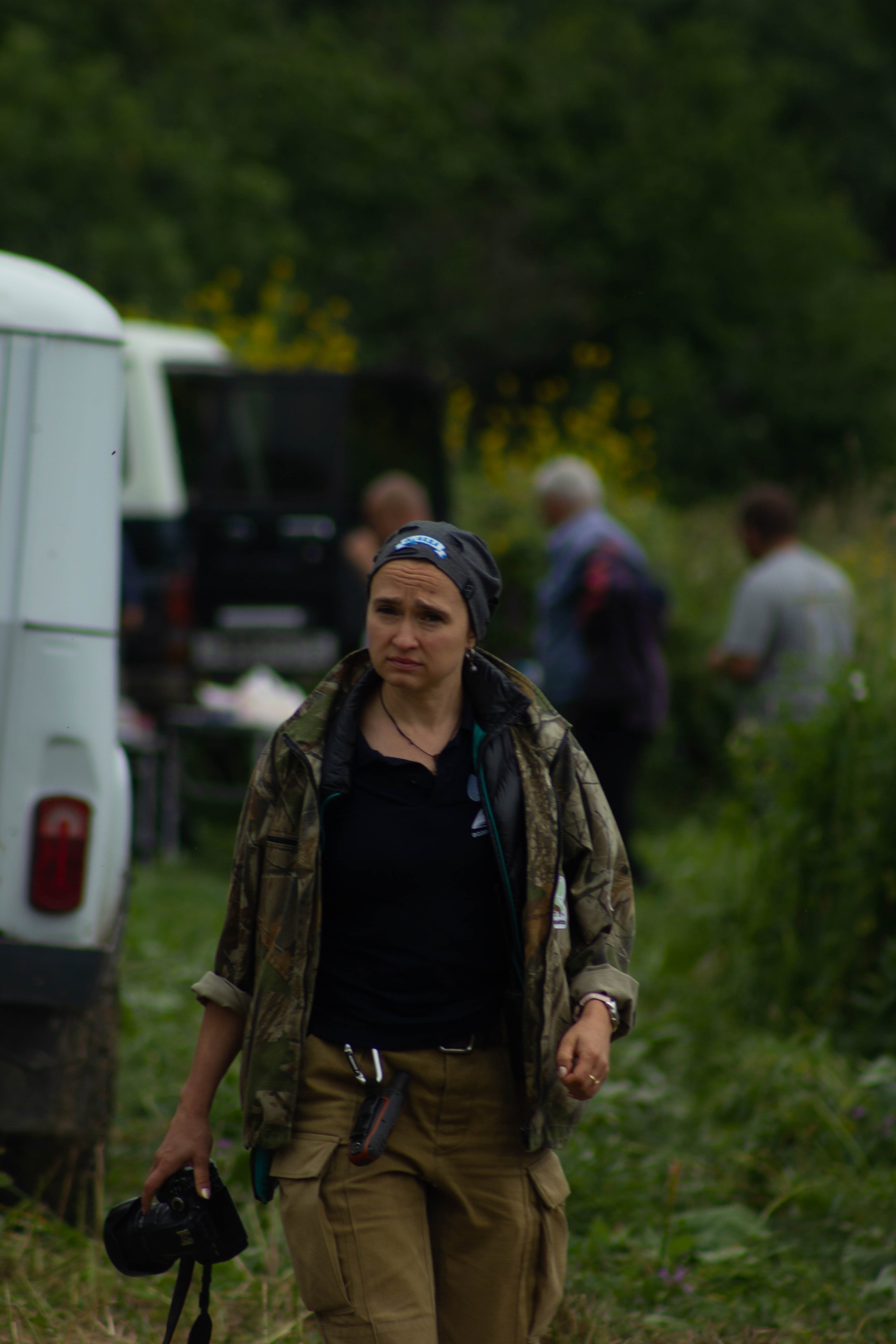
The 2022 graduation ceremony was attended by the Minister of Natural Resources and Ecology of the Russian Federation Alexander Kozlov, the Head of the Republic Sergey Menyailo, the Minister of Natural Resources of the Republic of North Ossetia-Alania Vitaly Kokoev, the management of the regional office of RusHydro and the director of the World Fund for Nature Dmitry Gorshkov, scientific supervisor of environmental and conservation of projects and international programs of IEE RAS Academician of RAS Vyacheslav Rozhnov, Director of IEGT RAS Corresponding Member of RAS Fatimat Tembotova, Head of Scientific Programs of DSC FRC RAS Magomedov Magomed-Rasul, Head of Volunteers of Ossetia movement and coordinator of the sociological sector of the Project - Madina Slanova.
The program for the restoration (reintroduction) of the Caucasian leopard in the Caucasus is being implemented by the Ministry of Natural Resources of Russia with the participation of the Sochi National Park, the Caucasus Nature Reserve, the World Fund for Nature, IEE RAS, the Institute of Ecology of Mountain Territories. A.K. Tembotov RAS, Moscow Zoo, as well as with the assistance of the International Union for Conservation of Nature (IUCN) and the European Association of Zoos and Aquariums (EAZA).
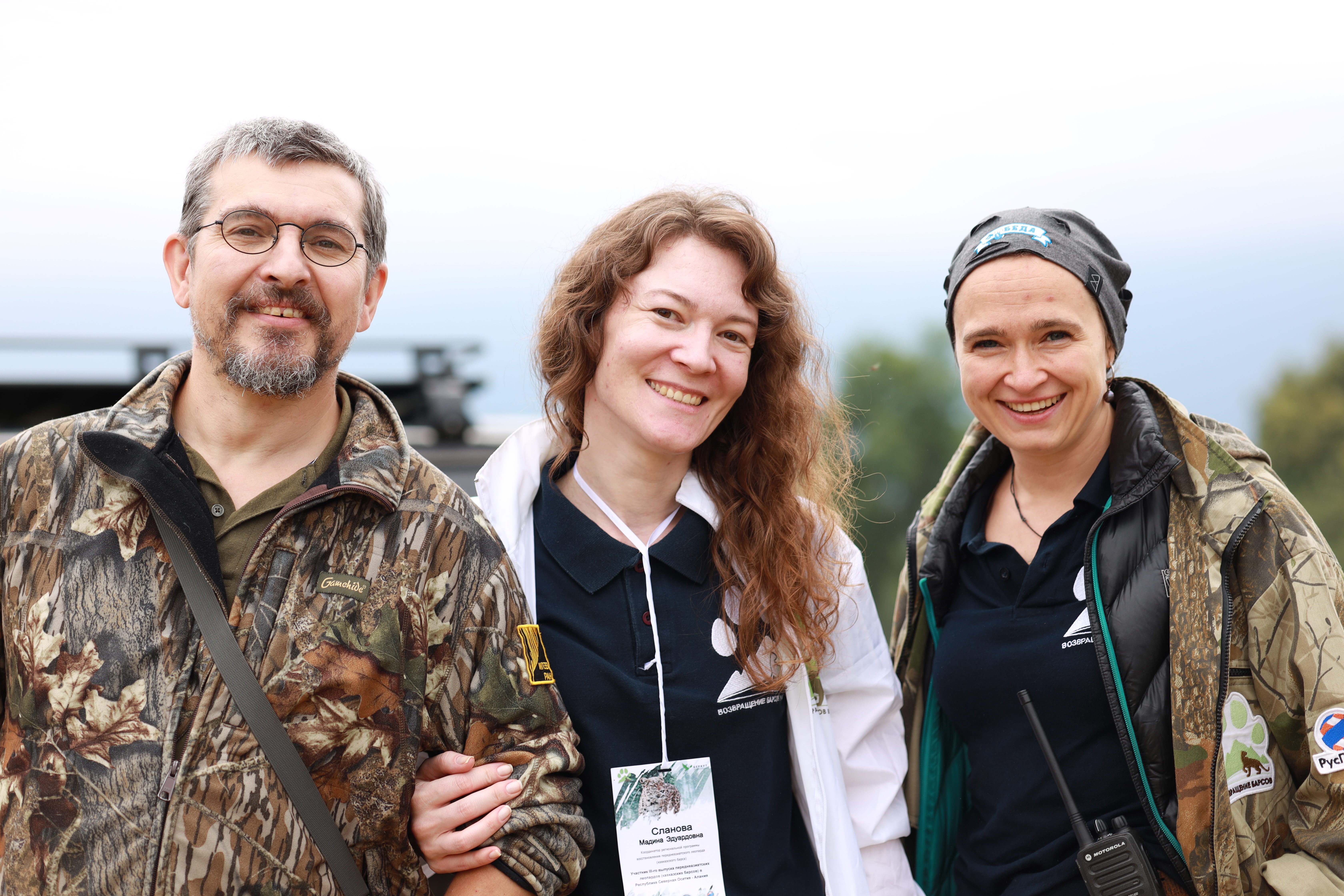
REFERENCE:
The Caucasian leopard disappeared from the wild in the Caucasus in the 1950s. As a result of poaching, the extermination of predators and their food base, not a single leopard remained in the territory of the Russian Caucasus. Since then, no cases of cubs born in the wild have been recorded.
In order to return the symbol of the wildlife of the Caucasus within its historical range, specialists from the IEE RAS and the World Fund for Nature developed the Program for the restoration of the Caucasian leopard in the Caucasus by breeding it in captivity and subsequent reintroduction.
• 2005 - IEE RAS with the support of World Fund for Nature Russia developed the Program for the restoration (reintroduction) of the Caucasian leopard in the Caucasus
• 2007 - The program was approved by the Ministry of Natural Resources and Ecology of the Russian Federation, since 2009 the Program is personally supported by the President of the Russian Federation V.V. Putin.
• 2007-2009 – The Leopard Breeding and Training Center was built (in the Sochi National Park). Center area - 12 hectares
• July 15, 2016 - the first release of 3 leopards into the nature of Russia on the territory of the Caucasus Reserve
• 2018 – release of 2 leopards in North Ossetia and 1 in the Caucasian Reserve
• 2020 - release of 2 leopards in North Ossetia and 2 in the Caucasian Reserve Now Agura and Baksan, released in 2020, the female Volna, released in 2018, as well as their relatives from the wild, who began to be registered during 2021 and 2022, are presumably inhabiting the territory of the Central Caucasus.
Related materials:
VGTRK: "Reportage about leopards"
1tv: "Three Caucasian leopards released into the wild in North Ossetia"
GTRK Alania: "Return to the historical homeland"
24MIR: "Three Caucasian leopards released into the wild in North Ossetia"
RT: "Three leopards released into the wild in North Ossetia"
1tv: "Three Persian leopards brought to a new habitat"
Energaz: "Three rare leopards released into the wild with the participation of RusHydro"
24 Mir: "Three Persian leopards released into the wild in North Ossetia"
